Fleas are tiny bugs that move around by jumping from place to place. They can leap onto the coat of your cat, making her skin itchy and sore. Though cats are known to self-groom fastidiously, they won’t always be able to remove these pesky creatures by themselves. That’s where you come in as a helpful pet parent! Aside from having regular grooming activities with your cat, it’s best to do daily checks on her skin and fur so you can spot fleas and prevent an infestation from happening in your home.
If you’re curious to find out how to help remove fleas on your cat, this article answers the questions:
- What are fleas?
- How can you tell if your cat has fleas?
- What happens if your cat has fleas?
- How can you remove fleas on your cat?
What are fleas?
Fleas are small, wingless parasites that ingest the blood of cats, dogs, and humans by piercing through its host’s skin. Though they are only about one-eighth of an inch in size, fleas can leap vertically as tall as one foot and land on your cat without her knowing it. These pesky creatures thrive in warm temperatures with high humidity, so don’t be surprised if your cat catches them during the summer season.
Just a single flea can cause an infestation in your home. One female flea can lay 20 eggs at a time, and can produce 500 eggs in her short life span. These eggs can roll off your pet and burrow deep in your cat’s sleeping mattress, your carpet, your furniture, the baseboards, and other warm spots. Adult fleas can even last for months without feeding—that’s how tenacious they are!
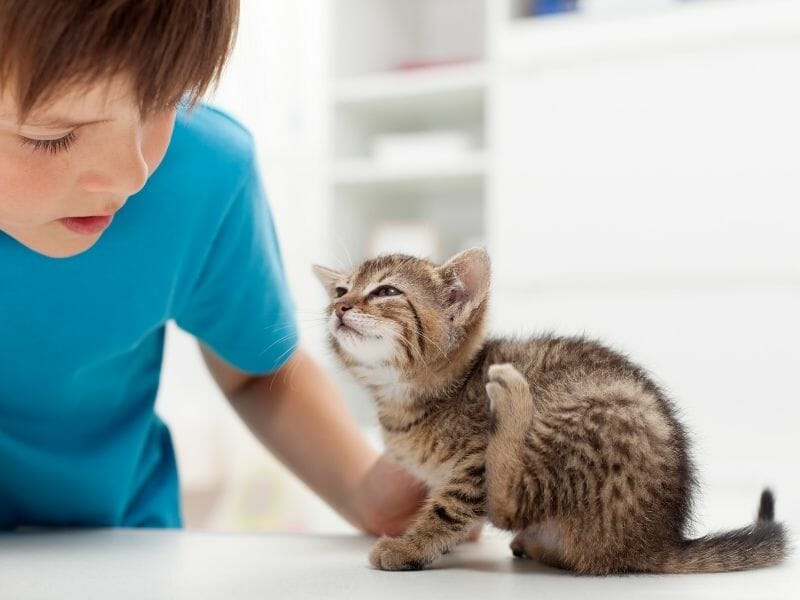
How can you tell if your cat has fleas?
Both outdoor and indoor cats are susceptible to fleas. You can tell that your cat has fleas if:
- Your cat is constantly scratching or biting her body
- Your cat is excessively grooming herself
- There is redness or sore patches on your cat’s skin
- There are bald spots on your cat’s body
- Your cat’s neck, lower back, hind legs, and/or tail have look irritated
- Your cat is suffering from muscle loss, lethargy, or pale gums
- There are strange movements in your cat’s fur, with tiny bugs bouncing off her coat
- You can find specs of red or black particles on your cat’s fur (which are actually flea droppings)
- You have strange reddish bites on your body
What happens if your cat has fleas?
More than making your cat feel uncomfortable, flea bites can carry various diseases that can be transmitted to humans. Some of these illnesses include tapeworms, flea allergy dermatitis, feline infectious anemia, cat scratch fever, and murine typhus. If these are not treated accordingly, they will affect your cat’s well-being. Crusty or dull coat, weight and appetite loss, fever, vomiting, or even death are some of its effects.
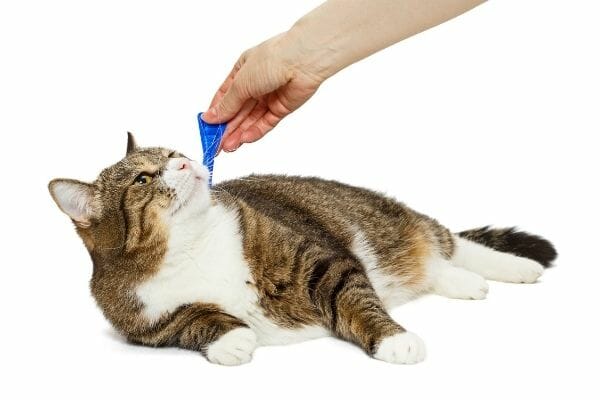
How can you remove fleas on your cat?
We highly recommend that you bring your cat to the veterinarian if you suspect she has fleas. Once the vet has confirmed your assumption, do these with your vet’s guidance:
1 Use vet-approved treatments on your cat.
Your vet may recommend topical or oral medication that your cat can take to eliminate the fleas living within her coat. There are shampoos, powders, sprays, and other spot-on treatments you can readily buy, but it is important to know the proper way to administer the medication, the right amount to apply, and how often it should be applied.
Common active ingredients found in topical flea treatments include fipronil, imidacloprid, selamectin, fluralaner, flumethrin, and imidacloprid. Meanwhile, nitenpyram and spinosad are usually found in oral flea medication. They either kill adult fleas or provide month-long flea protection.
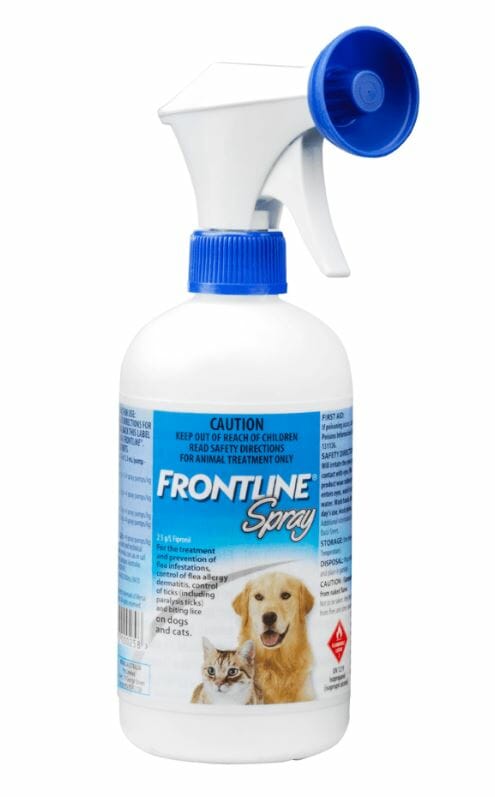
2 Give your cat a bath.
First, purchase an anti-flea shampoo that is recommended by your vet. (Remember that some brands may not be suitable for kittens under two months old.) Trim your cat’s nails one to two days before giving her a bath to reduce scratching accidents. Consider giving her a bath in the sink or a small tub half-filled with warm water to make her feel more at ease.
Use lukewarm water to wet your cat’s fur, then gently apply lathered flea shampoo all over her body. Make sure to avoid her eyes, ears, and nose. Remember that your cat’s skin may have sensitive spots or open wounds due to the flea bites, so do not scrub her in a strong manner. Let the shampoo settle into your cat’s body for three to five minutes before rinsing it off. Dry your cat with a clean towel and a hairdryer if she is agreeable to it.
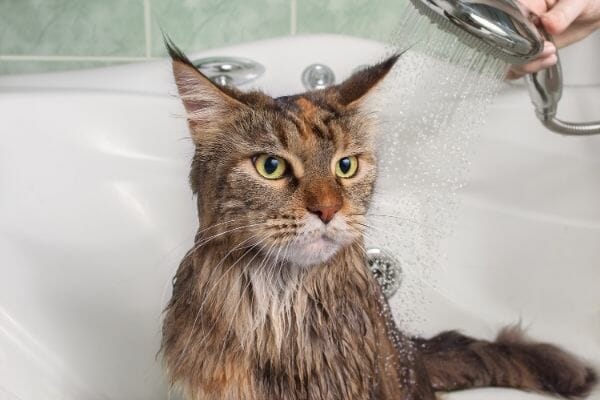
3 Comb your cat’s fur.
Use a fine-toothed metal comb that can remove adult fleas as well as flea eggs, larvae, and debris. Dip your comb in a mixture of water and liquid dish detergent to kill the fleas. Gently comb this through her fur while being extra careful around her face, neck, and tail.
Prepare a bowl of hot water mixed with soap. As soon as you get fleas on your comb, submerge them in the bowl. Do not try to squish the fleas since they can easily jump off your fingers.
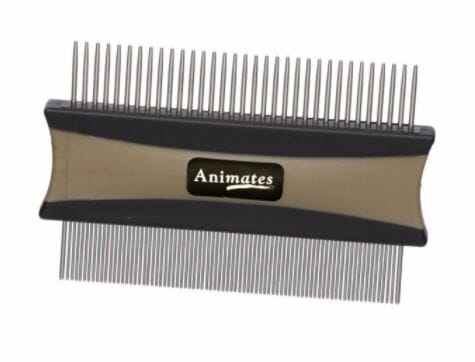
4 Get her a flea collar.
Prevent fleas from coming back by giving your cat a flea collar. Depending on the brand you buy, the flea collar can either repel or emit active ingredients that can kill fleas instantly. These collars are inexpensive compared to spot-on flea treatments, and can work for as long as eight months!
Remember that if your cat drinks flea medication or has topical treatment applied on her fur, you don’t need to make her wear a flea collar. Exposure to these flea-killing chemicals might harm your cat in the long run.
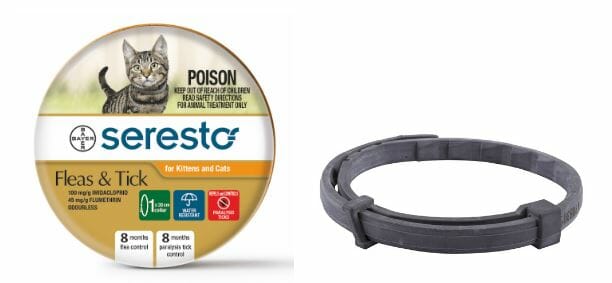
5 Eliminate fleas in and outside your home.
Aside from killing adult fleas, it’s important to destroy flea eggs and larvae that may be scattered around your home, just waiting to infect your cat. From your area rugs to your beddings, do a deep clean of your home to remove all traces of fleas. Vacuum all surfaces possible (dispose of the vacuum bag immediately!), and wash all fabrics in hot, soapy water. Steam cleaning and applying chemical treatments may also work as long as they do not end up poisoning your pet.
Thoroughly sanitise the areas your cat frequently stays in. Try these methods to make sure there are no fleas present in your home:
Light trap method: In a small bowl, mix equal parts water and dishwashing soap. Place this mixture under a nightlight in the evening. Adult fleas are attracted to light, so they might try to jump toward the light and fall into the bowl.
White socks method: Walk around the areas your cat regularly hangs out in while sporting white socks. Check the soles if you have accumulated fleas or flea dirt.
Aside from these techniques, mow your backyard, regularly trim your hedges and bushes, and remove garden debris where fleas could hide out.
In conclusion
With this article, you now know how to help remove fleas on your cat. Protect your pet and prevent flea infestations from happening by regularly checking your cat’s fur and surroundings, especially if she recently spent time in her catio or your backyard. Always check with your veterinarian before applying or giving anti-flea treatments to your cat. For more informative cat-centric reads, visit our blog!
Leave a comment
Your email address will not be published. All fields are required.